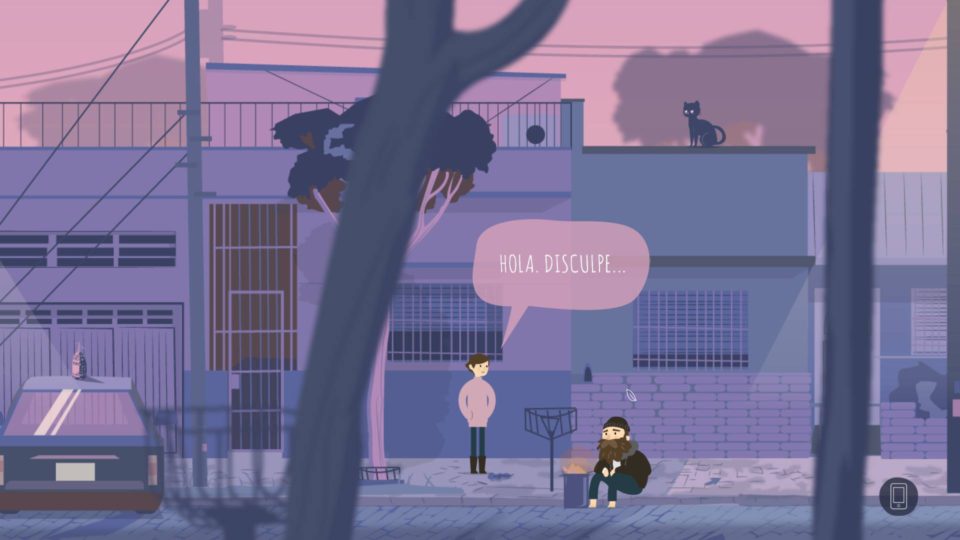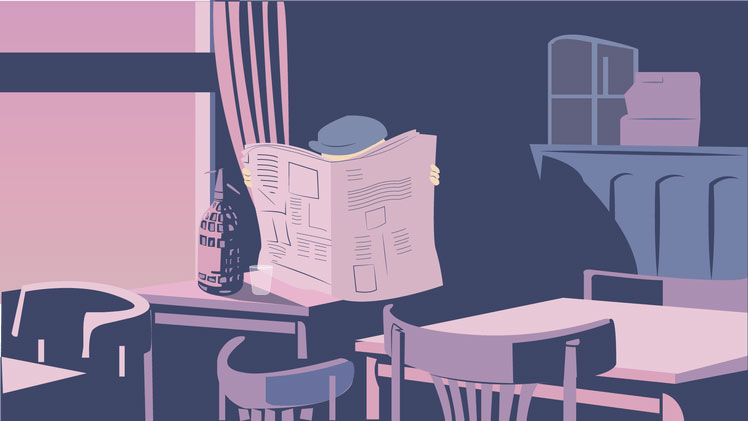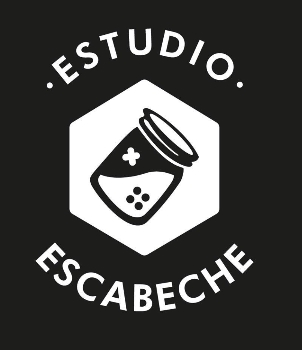
The team of Escabeche first heard about Indie Prize when they applied to the Awesome Game Awards hosted by ADVA. They relate, “We didn’t expect much, but since we were showcasing the game at EVA Cordoba, we thought we could try, and then it was all surprise and joy when we won!” And they are so excited at the opportunity to show their game at Casual Connect. “If our work happens to inspire other developers, especially from Latin America, that would be just awesome.”
A Passion for Games
Lucas Cafiero, Tati Kisiel, and Gabi Pella met while studying Sound and Image Design at the University of Buenos Aires. Although they were all very passionate about games, they had no experience making any. However, they decided to make one together as their final thesis. They met together to talk about the type of games they like, what interested them and how and why they wanted to create this game. By the end of these meetings they had decided on the core concepts and ideas for Manzana Misteriosa.
One of the things they knew they wanted to do was create a local story, so the setting for the game was Buenos Aires. They were inspired by Dolina’s story “Historia de la Manzana de Misteriosa de Parque Chas” and decided to work with the mystery surrounding this neighborhood.

A Variety of Strengths
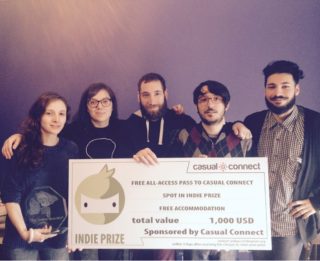
The team chose Escabeche as the name for the studio because they liked both the sound and the concept. To make an escabeche you must marinate the ingredients in oil for several days. Making a game is similar. You do a lot of brainstorming, discuss how different things will work, then let the ideas sink in. When it’s time to come back to your notes, it is easier to decide which ideas will work better or you can create a new, superior idea. And since the whole team come from different areas of expertise they are a mix of people just as an escabeche is a mix of ingredients. “And it’s really tasty!”

A Graphic Adventure
Manzana Misteriosa tells the story of Nina, a woman lost inside the Parque Chas neighborhood. As she searches for a way out, she interacts with and helps different people she meets. The type of interaction the player chooses affects the course of the game. The scenery of the game consists of four streets that make up the Manzana Misteriosa of the Parque Chas neighborhood.
All of the team members enjoy games that tell a story and believe that graphic adventures do a great job of this, so they gravitated in this direction from the beginning. This is the genre that would help reach their goals. The name of the game, as well as the setting, were inspired by a short story by Alejandro Dolina in which everyone gets lost in the Parque Chas area. And, in fact, this is close to the truth, as a result of the neighborhood’s labyrinthine design.
The game’s art style comes from the team’s love of digital 2D animation and art displaying plain textures and simple lines. The purple, blues and pinks of the art help give the game its identity, as well as giving it some time ambiguity. The player can’t tell if it is sunset or sunrise; this was something the developers wanted the player to experience. And even the plentiful cats have a purpose in the game.
Finding and Fixing
While making the game, the team acted as their own testers in finding and fixing the bugs. They pursue the different paths a player could choose and fix whatever problems they find. While showcasing the game they can see design flaws as well as what works well for the players. This process leaves them discussing how to improve the game design so the players understand what they are doing rather than solving things out of simple luck. So the pattern for their work is to meet and discuss the flaws they have seen in the game, propose ways to fix the issues, apply the fixes and test the game again. Then they let their friends play the game to see how they feel about and what their feedback is, and the cycle repeats again.
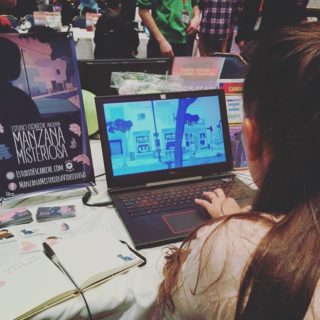

At competitions and conventions, most people are first drawn in by the art style. Then, when people discover it takes place in a Buenos Aires neighborhood and the characters speak as they do, they really enjoy seeing this local character reflected in the game. The team has tremendously enjoyed seeing people respond so well to the game.
They are working on translating the game into English, but no other languages so far.
Solving the Problems
The most difficult part of the project has been the game design and time management. Because they are new to game design, they need constant feedback to ensure players go through the game flow they intended. So developing the design is what takes the longest. And since this is side project for everyone on the team, it sometimes takes more time than they have available.

The team of Escabeche admit that they still have a lot to learn and a lot of work to do, but they say, “If you are passion driven you can pretty much do what you’ve always wanted.” The plan is to have the final version of the game finished by the end of the year.

To other aspiring game developers they suggest finding a good idea and then working on it and polishing it to see if it is solid. And know your limitations but keep that passion; it’s what gets things done.
Comments


